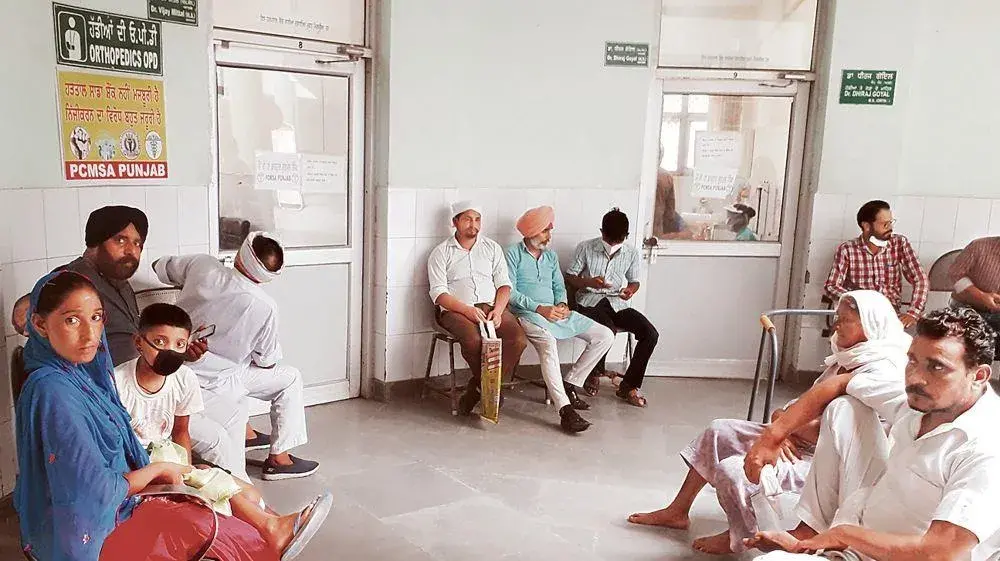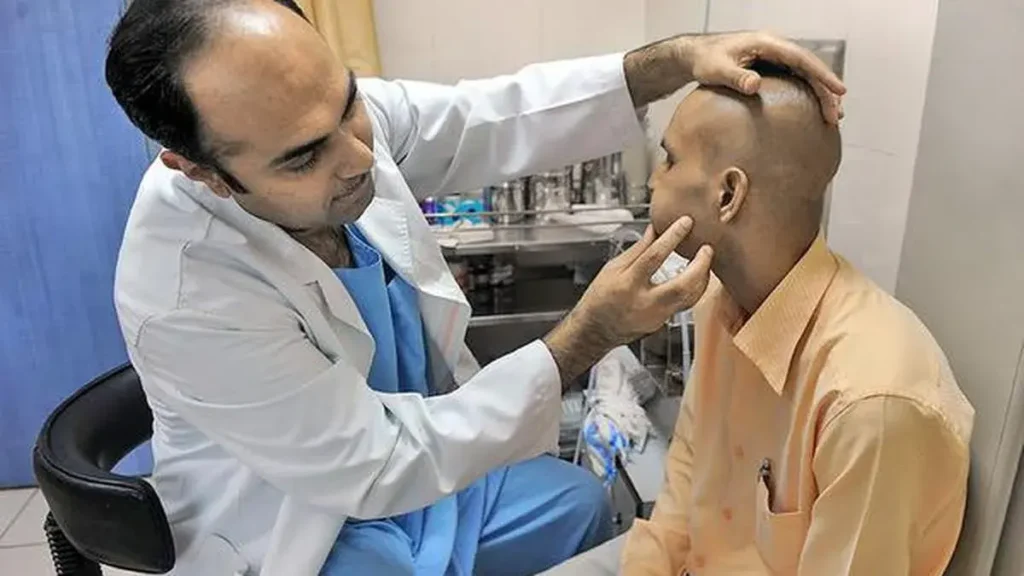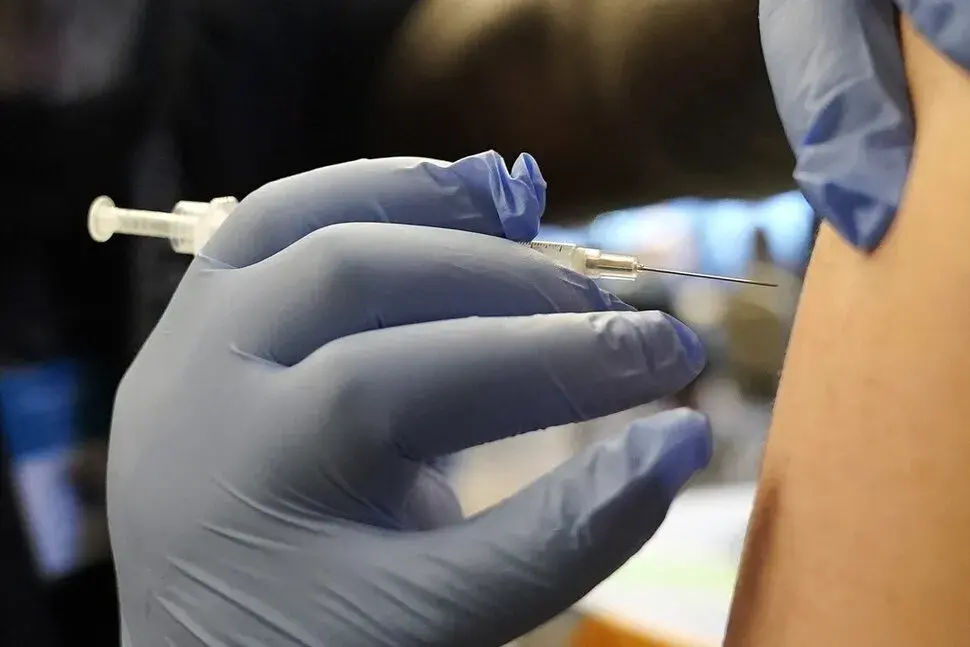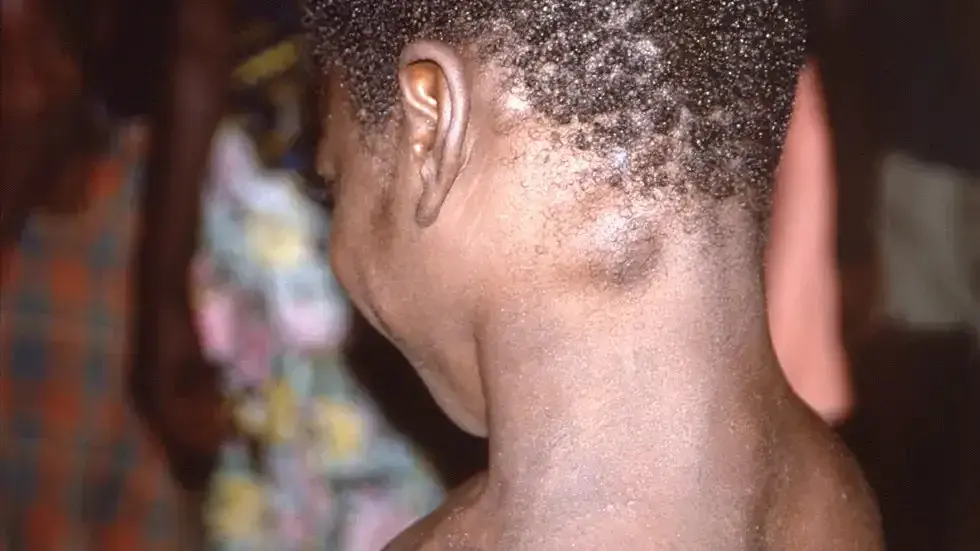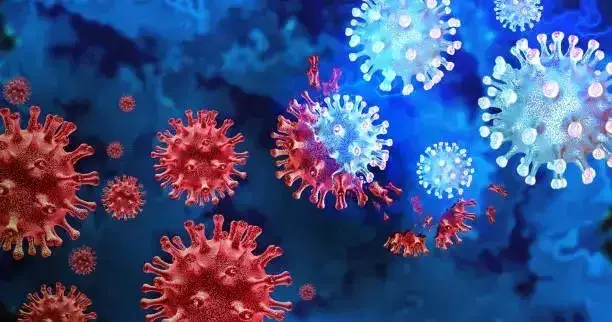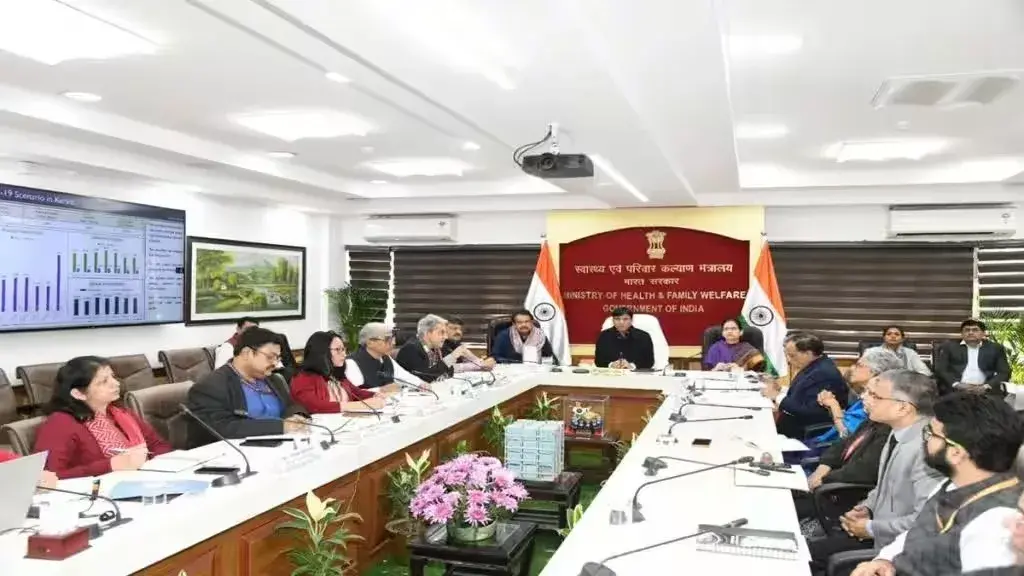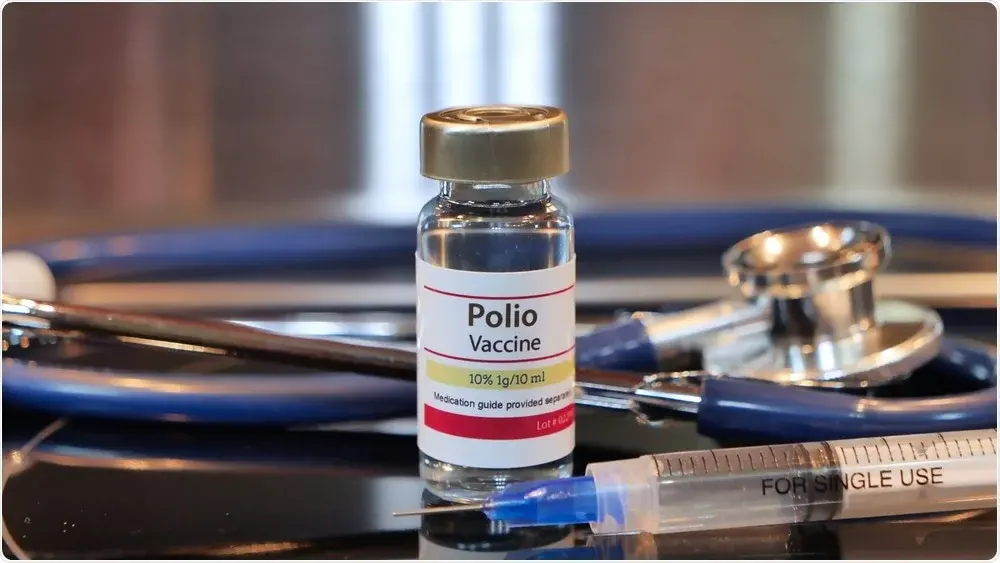Nearly 10% of Health Care Facilities in Punjab Operate Without Required PPCB Permission
Nearly 10% of healthcare facilities (HCFs) in Punjab are operating without the necessary permission from the Punjab Pollution Control Board (PPCB), as required under the Bio-Medical Waste Management Rules 2016. This raises concerns about the enforcement of these rules. The state has a total of 14,715 identified healthcare facilities, including government and private establishments, as well as veterinary hospitals and clinics. However, only 13,301 of these facilities have been granted the required authorization under the Bio-Medical Waste Management Rules 2016, leaving 1,414 healthcare facilities operating without approval. The PPCB shared these details in an interim report, which was sought by the Punjab State Human Rights Commission after it took suo motu cognizance of a TOI report highlighting healthcare facilities operating without the necessary authorization. Healthcare facilities that generate, collect, receive, store, transport, treat, dispose of, or handle bio-medical waste are required to obtain authorization from PPCB, as per Rule 10 of the Bio-Medical Waste Management Rules 2016. The rules also outline penalties for any violations related to the management of bio-medical waste. All 14,715 facilities collectively generate 24.65 tonnes per day (TPD) of bio-medical waste. Individual healthcare facilities conduct the segregation of this waste at the source. Following segregation, waste is collected and transported to designated common bio-medical waste treatment facilities (CBWTFs) for treatment and disposal. The pollution board monitors the process through 16 regional/field offices across the state. The board submitted that bio-medical waste generated by facilities not having authorization is being regularly collected, transported, treated, and disposed of by CBWTFs under separate agreements executed between CBWTFs and healthcare facilities. Six CBWTFs are operating in the state. Of these, five are authorized to collect, transport, treat, and dispose of bio-medical waste in accordance with the provisions of the Bio-Medical Waste Management Rules 2016. One facility has been authorized to collect and transport waste to four CBWTFs for treatment and disposal due to technical reasons, and a case regarding this matter is pending before the Punjab and Haryana High Court. The board informed that notices have been issued to all healthcare facilities that have failed to obtain authorization or renewal of authorization as required under the rules. The matter is also being taken up by the board with the Department of Health, Department of Animal Husbandry, and Department of Rural Development and Panchayats to issue directions to healthcare facilities under their jurisdictions to obtain authorization under Bio-Medical Waste Management Rules 2016. The pollution board claimed that it is “diligently” implementing bio-medical rules in the state and has adopted measures to ensure that healthcare facilities operating without authorization obtain the same. These measures include setting up helpdesks at regional offices of the board across the state to provide technical assistance to health facilities for submitting authorization applications on the online portal of the board. It also conducts training programs for state officers and occupiers of health facilities for better understanding and compliance with the rules. The commission has directed the PPCB and the Director of Health to file the final and action taken report before the next hearing on September 6.
Nearly 10% of Health Care Facilities in Punjab Operate Without Required PPCB Permission Read More »

